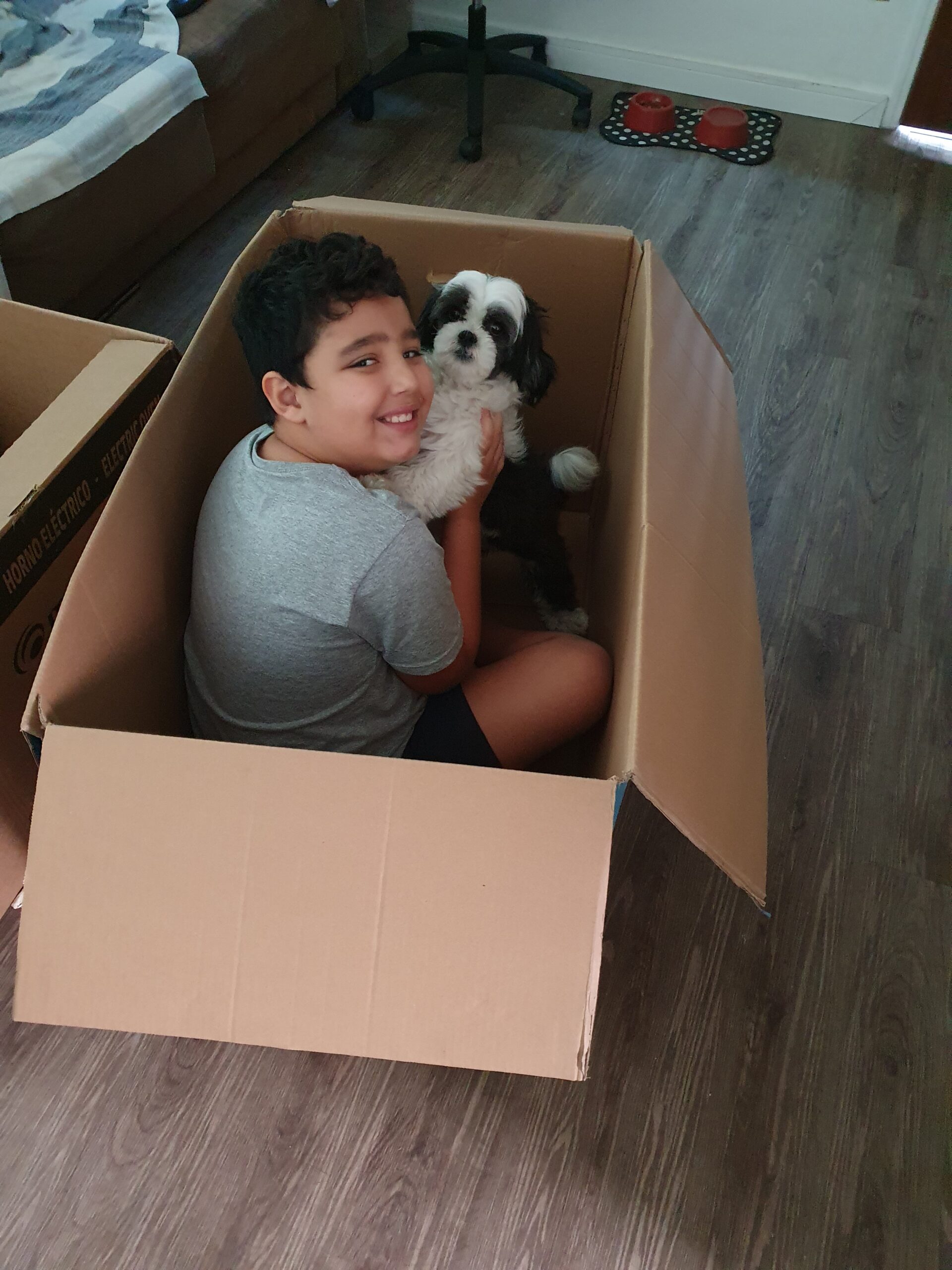Symptoms of ADHD in children can be difficult to identify, especially for parents who are dealing with their child’s behavior day in and day out. As a mother of Miguel, I know well what it’s like to realize that your child is intelligent but can’t sit still to study for long periods of time. The frustration is real, and often, we wonder: What could be wrong with this boy? In this article, I will share some of the common symptoms of ADHD in children and how we can handle these behaviors effectively.
1. What is ADHD?
Attention Deficit Hyperactivity Disorder (ADHD) is a neuropsychiatric disorder that affects a child’s ability to focus and control impulses. For parents, understanding that this is not about effort or intelligence is a crucial step. ADHD doesn’t correlate with intellectual capacity; children with ADHD often have great potential, but they can’t maintain focus for long periods.
2. Common Symptoms of ADHD in Children
Some of the key symptoms of ADHD in children include:
Impulsive Behavior
Children with ADHD often act without thinking, interrupting conversations or making hasty decisions. As a mother, I’ve seen Miguel’s impulsive behavior firsthand, like when he would speak over others, unable to wait his turn.
Difficulty with Concentration
This symptom is one of the most obvious. At home, Miguel struggled to finish his homework, especially tasks that required sustained attention for more than 15 minutes. He would start well, but quickly get distracted by anything.
Hyperactivity
Children with ADHD also have difficulty staying still. They tend to move constantly, fidget with their hands, or get up and walk around the house. With Miguel, no matter how much I tried, he couldn’t sit still for long, even during activities he enjoyed.
3. How ADHD Manifests in a Child’s Social Behavior
Children with ADHD can struggle in their interactions with peers. They may constantly interrupt others, which can lead to conflicts. I noticed this with Miguel at school, where he felt frustrated because he couldn’t maintain focus during conversations with friends. This often affected his social relationships, as he couldn’t wait his turn to talk or play.
4. Cognitive Symptoms of ADHD in Children
In addition to impulsive behavior and hyperactivity, cognitive symptoms are also quite common. This includes difficulties with organization and following instructions. I noticed that Miguel had a strong cognitive ability, but couldn’t organize his tasks efficiently.
Difficulty Executing Tasks
Miguel often started activities but couldn’t finish them. For example, when studying for tests, he would get distracted easily and couldn’t focus for more than 10 minutes. This worried me because I knew he was intelligent, but his difficulty maintaining attention affected his performance.
Memory and Organizational Problems
Losing items frequently was something that caught my attention. Miguel would forget his things often, whether it was in his backpack, at school, or even at home. I was constantly helping him look for his lost items, which became a frustrating routine in our daily life.
5. When to Seek a Specialist?
If you notice that your child’s symptoms of ADHD persist for more than 6 months and are affecting their daily life, it’s time to seek a specialist. Don’t hesitate to get help. In the beginning, I hesitated too, thinking that Miguel was just being “messy” or “lazy.” However, when the symptoms continued, I realized that a medical diagnosis was necessary to better understand what was happening.
6. What to Do After an ADHD Diagnosis?
After a diagnosis, there are several ways to support a child with ADHD. Strategies such as creating a structured routine, using positive reinforcement, and adapting teaching methods can help a lot. Consulting with specialists, such as psychologists and psychiatrists, is also essential to guide both the child and the family on the best ways to cope with the disorder.
How to Support Your Child with ADHD
The key to helping your child with ADHD is providing the right support, maintaining open communication, and creating an environment that fosters their focus and development. As Miguel’s mother, I know the journey isn’t easy, but with patience, understanding, and professional guidance, you and your child can move forward positively and constructively.
